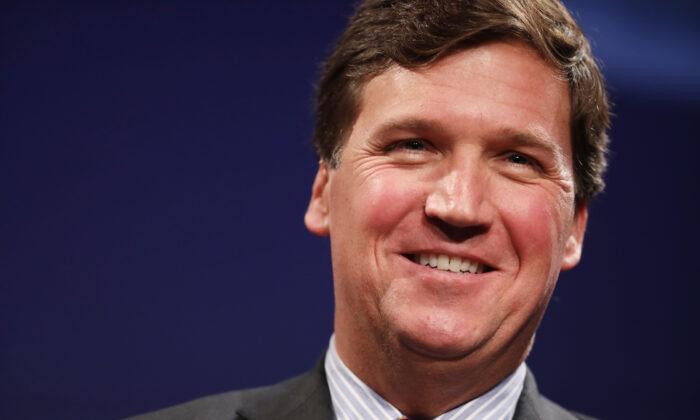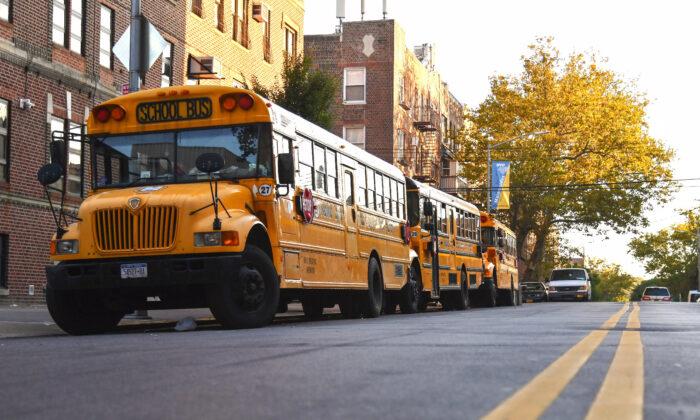After scuttling an amendment that would have effectively suspended military conscription, the House Armed Services Committee (HASC) took a 180-degree turn on Sept. 1 by voting to expand the draft to women.
The decision came late in the markup of the 2022 National Defense Authorization Act (NDAA), with lawmakers voting 35–24 to pass a bipartisan amendment by Reps. Chrissy Houlahan (D-Pa.) and Mike Waltz (R-Fla.).
The HASC didn’t respond to requests for comment by press time regarding why the amendment was killed.
Hasbrouck said an anti-draft NDAA amendment can still be introduced on the House floor, but he said amendments rarely succeed unless they’re introduced in committee first. The amendment’s author, Rep. Jackie Speier (D-Calif.), hasn’t responded to questions from The Epoch Times about whether she intends to reintroduce the provision—nor did she say why the amendment was killed, either.
The House NDAA is now in sync with the Senate NDAA in terms of military conscription, with both proposing to expand the duty to women. The policy has bipartisan support, as well as a strong endorsement from the National Commission on Military National, and Public Service.
“Therefore, enabling DoD to utilize all the nation’s talents and abilities is essential to mitigating the risks imposed by an uncertain future.”
Sen. Rand Paul (R-Ky.) co-sponsored a bill earlier this year with Sen. Ron Wyden (D-Ore.) that would “finally put an end to the expensive, wasteful, outdated, punitive, and unnecessary military draft registration system.”
But Hasbrouck said he thinks that the writing is on the wall.
Hasbrouck, who spent about four months in a federal prison camp in 1983 for refusing to register for the draft, wrote that he thinks now is the time to shift focus from congressional lobbying to resistance. Citing testimony from former Selective Service System officials, he said most men don’t comply with the registration rules—and that he thinks compliance will be even lower among women.
“There’s a long tradition of antiwar feminism that identifies militarism and war with patriarchy. Women have been an important part of draft resistance movements even when only men were being drafted and when most public attention has been on male resisters.”




